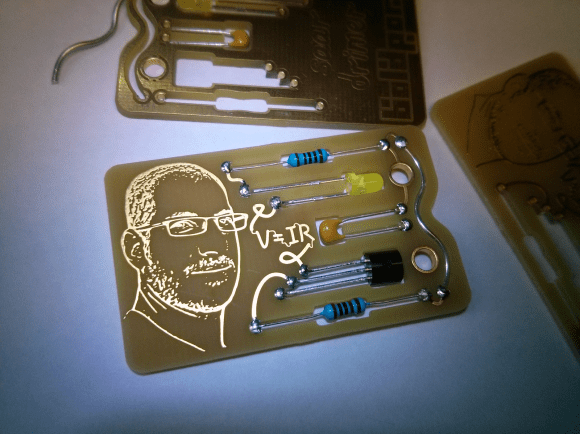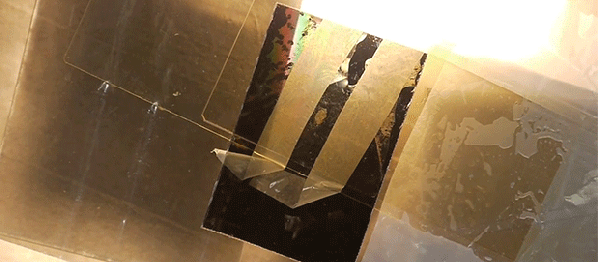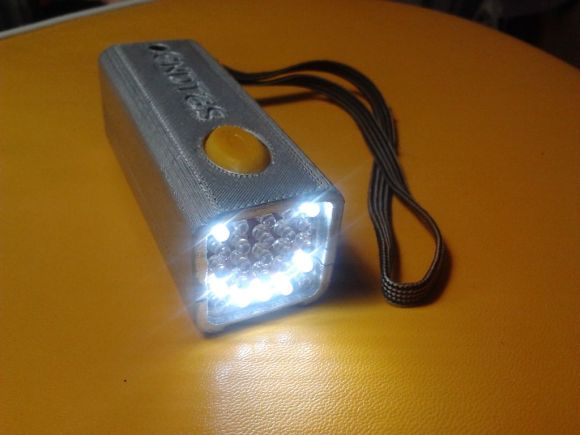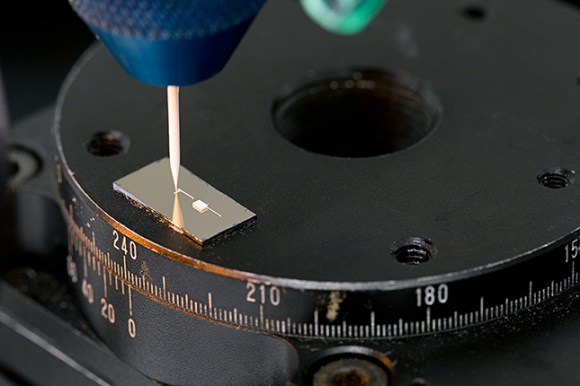With WiFi, Wonder Trade, and new Pokemon that are freakin’ keys, you’d think the latest generation of everyone’s reason to own a Nintendo portable is where all the action is, right? Apparently not, because Pokemon Blue just became a development tool for the Game Boy.
Despite all notions of sanity, this isn’t the first time we’ve seen someone program a Game Boy from inside a first generation Pokemon game. Around this time last year, [bortreb] posted a tool assisted run that deposited and threw away in-game items to write to the Game Boy’s RAM. Using this method, [bortreb] was able to craft a chiptune version of the My Little Pony theme inside Pokemon Yellow.
A year later, [TheZZAZZGlitch] has gone above and beyond what [bortreb] did. Instead of a tool assisted run, [ZZAZZ]’s hack can be done manually on a real Game Boy. This trick works by using an underflow glitch to obtain item ‘8F’ in the player’s inventory. Here’s a great tutorial for doing that. With this 8F item, a few items can be tossed and a ‘programming’ mode is activated where code can be written to RAM by walking to an X Y position on the map, using the 8F item, and writing a program byte by byte.
The maximum amount of code that can be written to the Game Boy RAM is 254 bytes, just large enough for [TheZZAZZGlitch] to write a very, very simple version of Akranoid, Breakout, or one-player Pong. Not much, but very, very impressive.
Video of [ZZAZZ] ‘jailbreaking’ his copy of Pokemon Blue available below.

















